Early man in Africa and Eurasia first harnessed the power of fire 2 million years ago, discovering its usefulness for not only warmth and light but also protection from predators — and the ability to cook food.
The earliest cave paintings, found in Indonesia and dating back 45,000 years, depicted stories of large, wild animals that were hunted by the artists themselves.
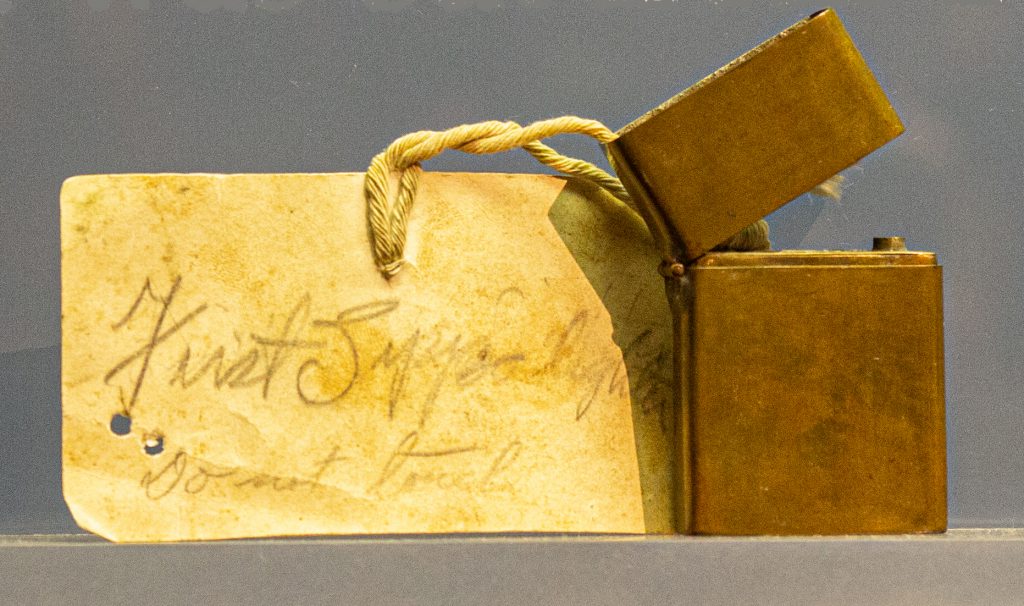
It wasn’t until less than a century ago, however, that hunter-gatherers made equally as profound a discovery in Bradford, Pennsylvania: fire and wild game art together, in one hand-held package.
The first lighters to come out of Zippo’s facilities in the booming oil town of Bradford did so in 1933. They were a marvel of modern ingenuity and convenience that fit neatly in the palm of your hand and quickly became an iconic part of 1930s smoking culture, the war effort in the 1940s, and American and military life thereafter.
It was the lighter’s windproof design, reliability, durability, lifetime guarantee, and low price, though, that made it a permanent part of every outdoor enthusiast’s kit. Recognizing this affinity, Zippo introduced original sporting art designs, which made the lighters that much more popular with hunters and anglers.
Whitetail deer, bears, waterfowl, gun dogs, woods scenes, upland birds, turkeys, fresh and saltwater game fish, anglers in boats, hunters with guns shouldered, and even bottles of beer were all familiar images found on Zippo lighters.
Like their cave-painting predecessors, hunters and fishermen shared stories about adventures with fire that were passed down through the generations: man catches a walleye, discovers a Zippo in its belly, and it still lights; hunter loses his Zippo when field-dressing a deer and a friend finds it a week later in the stomach of a bear he killed, and it still works; boater stranded off the Florida Keys at night with a dead engine is saved by the Coast Guard after signaling to them with his Zippo.
Early artwork was either line-drawn or painted by hand by in-house talent or commissioned artists. As technology advanced, the artwork became more of a combination of machine and hand crafting, with designs being done by a pantograph engraver or metallique and then hand-painted in the factory shop.
The Town & Country line marked another step in the evolution. The process starts with a mechanically engraved or etched empty area, which is then meticulously airbrushed using upwards of 13 or 14 colors to achieve shading and depth.
Acid etching came next but was scuttled in favor of fewer chemicals once laser etching became possible. Today, intricate screen printing tends to be the method of choice for most of Zippo’s commercial design work.
You can’t google “Zippo” today without getting 10 billion hipster Pinterest lighter collectors or Etsy lighter-art shops served up in your search results. Thankfully, custom designs direct from the original keeper-of-fire are still available for those looking to have their hunting or fishing story told someplace other than on the walls of their man cave.
Read Next: How To Start a Gun Dog

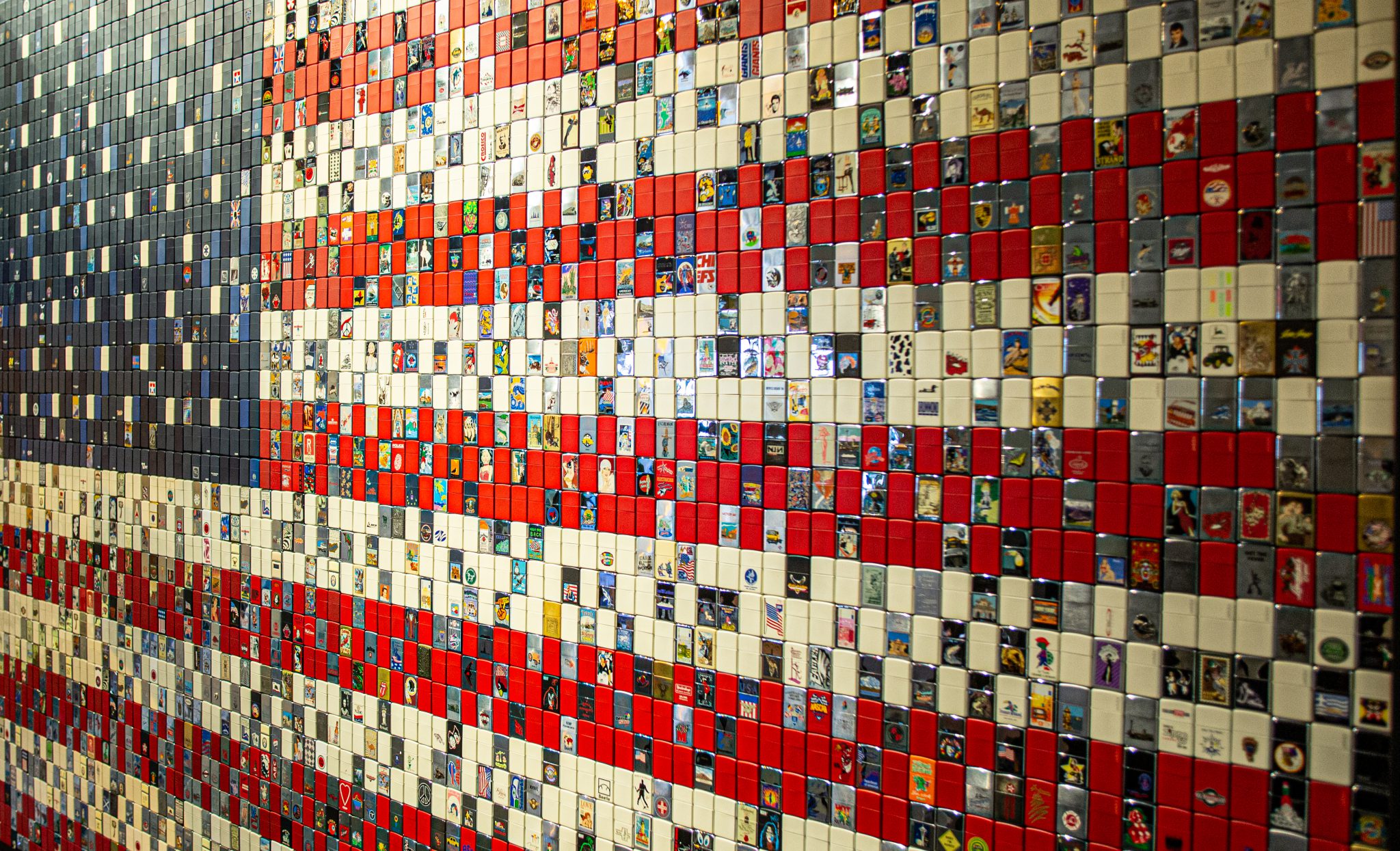
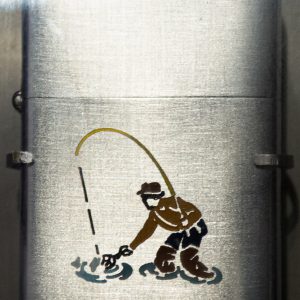
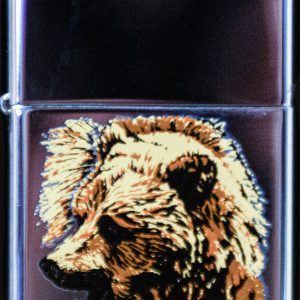
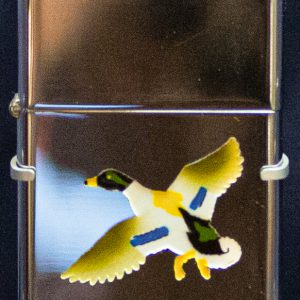
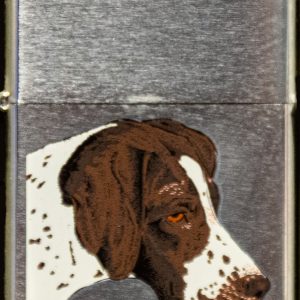
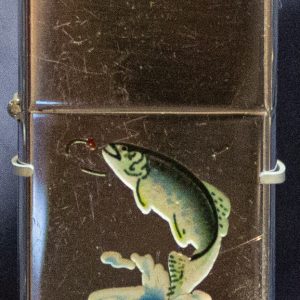
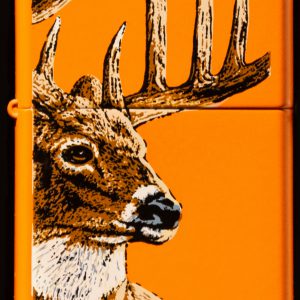
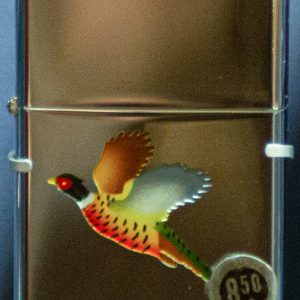
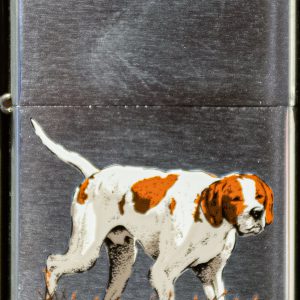
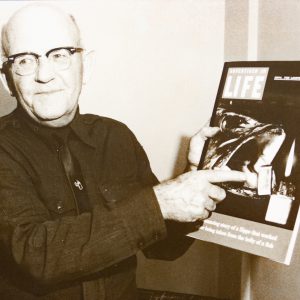
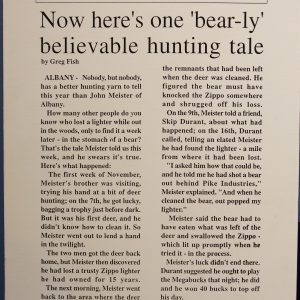
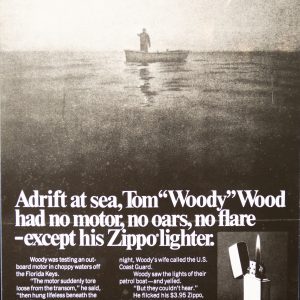
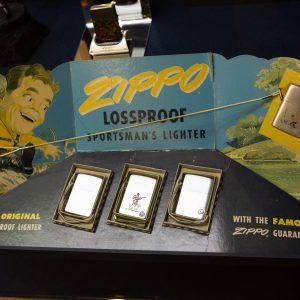
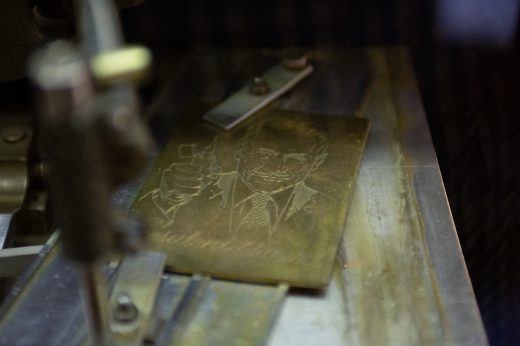
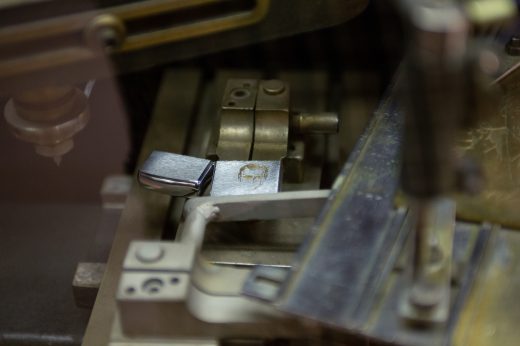
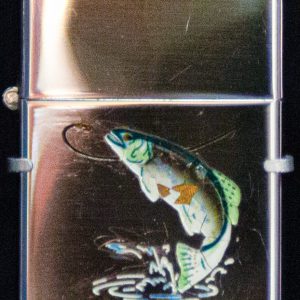
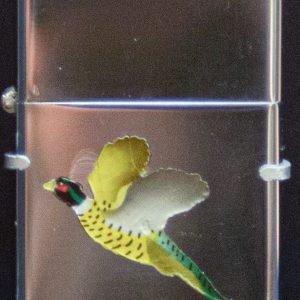

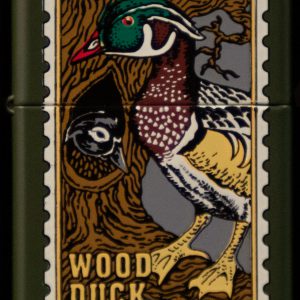
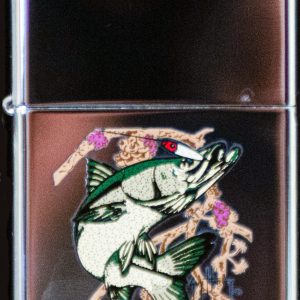
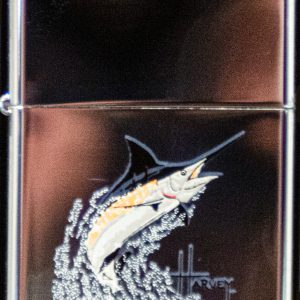
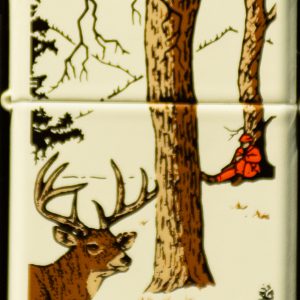
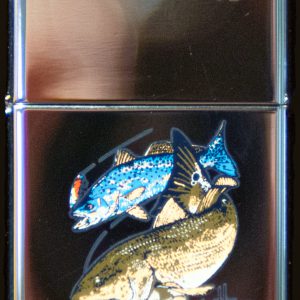
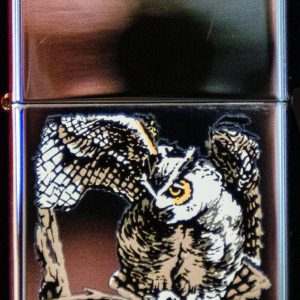
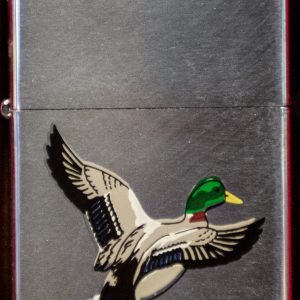
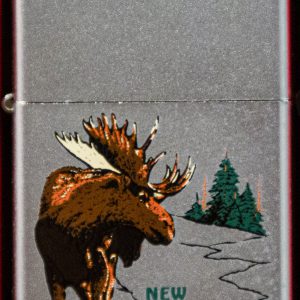

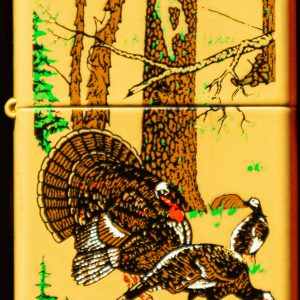
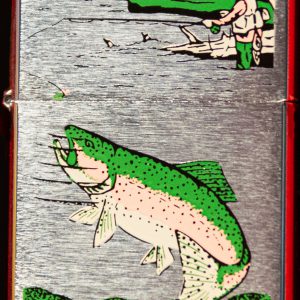




Comments